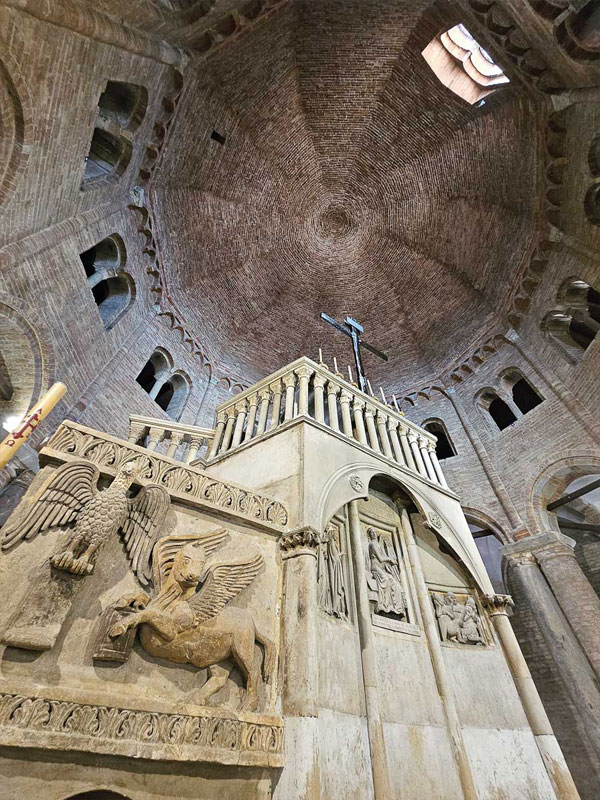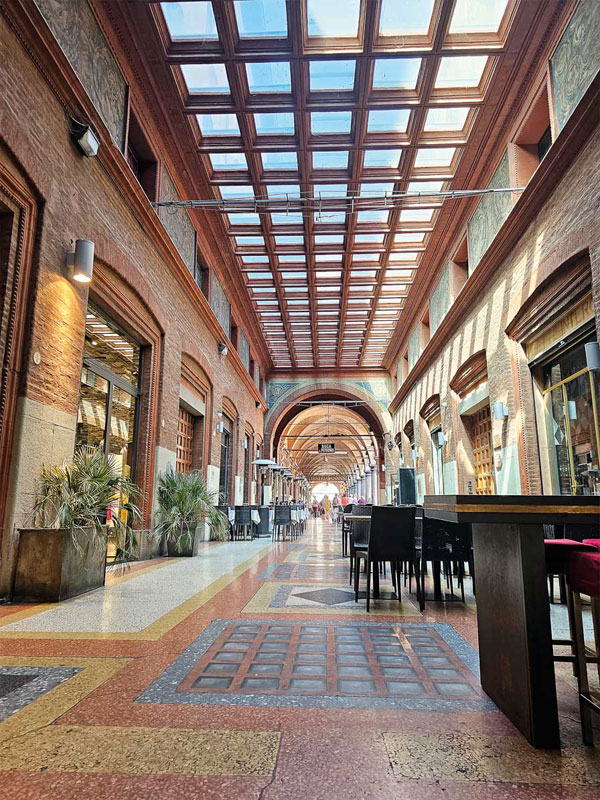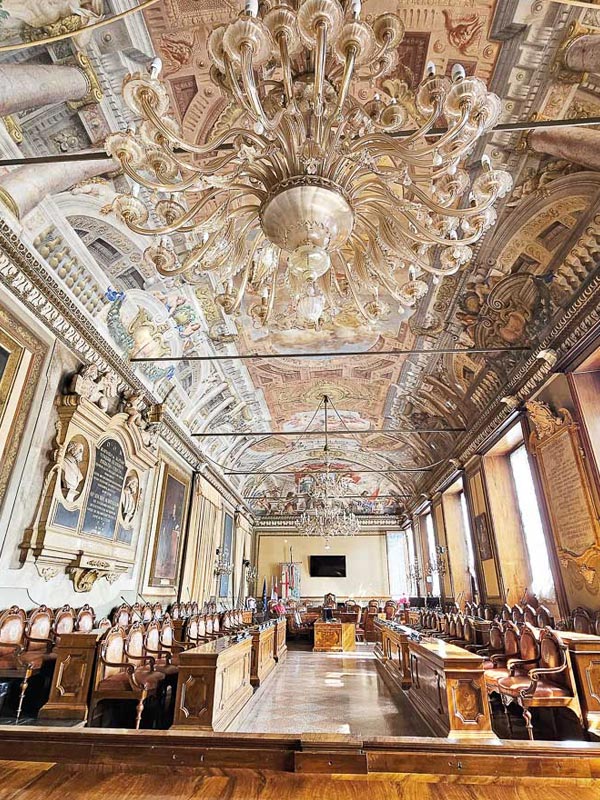






























Words and photographs: Tina Edward Gunawardhana
Who can resist a trip to any part of beautiful Italy? When the opportunity to visit our former Editorial Assistant Rosariya Liyanage in Bologna arose, I needed no persuasion and I was off in a jiffy. It helped having a “local” who knew the city well and was versed in all the attractions that a tourist needed to see. Rosariya really was my perfect guide.
To give you its geographic location, Bologna is placed in the north of Italy between Milan, Venice and Florence in the Emilia Romagna region. Bologna is a lively university town where you will discover one of the oldest historic centres in Europe. Bologna’s history, its passion for cuisine, and its countless medieval towers will have you spellbound.
The first thing that may spring to your mind when you mention Bologna is the widely loved Bolognese sauce. However, try as you might, you will not find a spaghetti Bolognese in Bologna as it is a misconception. Instead you will find the true version of tagliatelle al ragu which is a delicious combination of minced pork, veal and tomato sauce tossed through fresh egg noodles. In the interests of research I told myself that I should not worry about a diet and just feast on the variety of delicious food on offer.
The Emilia Romagna region of Italy of which Bologna is the capital is known for its array of gourmet food. Tortelloni stuffed with ground meat and tortellini stuffed with ricotta and spinach both originate in this city and form part of the signature dishes of Bologna
Bologna is also well known for its range of cured meats. Apart from hams, another regional speciality is mortadella which is made from pork, black pepper, myrtle berries and nutmeg.
Food aside, Bologna is also a delightful city crammed to the brim with architecture and history. One of the most interesting landmarks in Bologna is the Neptune Fountain. The imposing statue of the Roman god of the oceans situated in the Piazza del Nettuno is dubbed by the locals as “the Giant.” This 1567 work of a Flemish sculptor known as Giambologna, has been something of a symbol of the city and is considered as a good-luck charm for University of Bologna students. Local lore states that students will pass their exams if they circle it counter-clockwise twice.
Another important landmark in Bologna is the Piazza Maggiore which was founded in the 13th century as a public marketplace. It is considered the epicentre of Bologna and is home to many key attractions such as the Palazzo d’Accursio which was once Bologna’s Town Hall and houses a fantastic collection of art, Palazzo dei Notai, Palazzo del Podesta and Palazzo dei Bianchi.